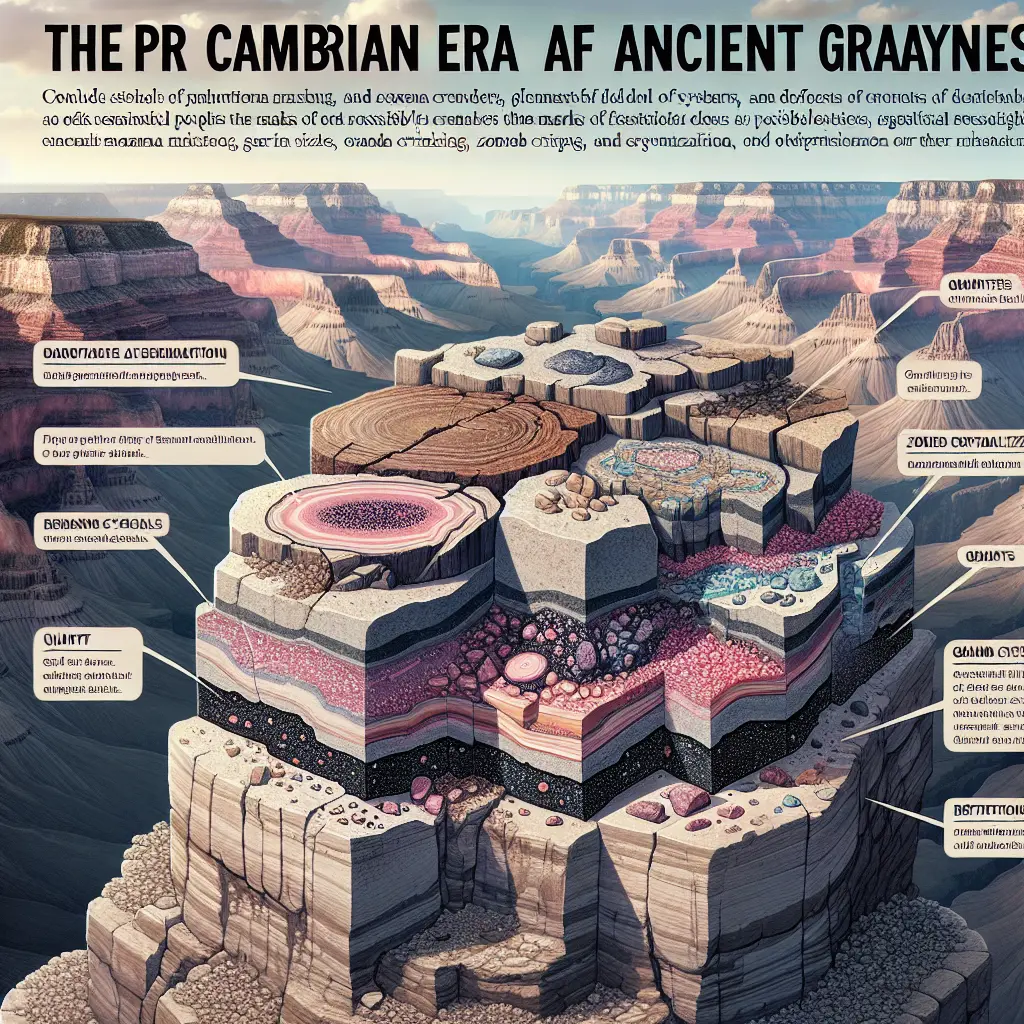Crystals are at the heart of many scientific and technological breakthroughs, constantly dazzling us with their structural beauty and hidden potential. While crystals often conjure images of sparkling gemstones or delicate snowflakes, their impact extends far beyond the aesthetic, playing a pivotal role in fields such as optics, electronics, and quantum technology.
In recent years, a new scientific advancement has propelled crystal research even further. By exploring the unique properties of deep-ultraviolet nonlinear-optical crystals, researchers are uncovering possibilities that could revolutionize technology and science alike.
Deep-ultraviolet (DUV) light—wavelengths shorter than visible violet—has crucial applications in photolithography, sterilization, and advanced spectroscopy. However, efficiently generating and controlling DUV light remains a challenge because suitable materials capable of converting other wavelengths into DUV are rare and difficult to produce.
Nonlinear-optical (NLO) crystals step in to address this problem. These crystals possess the remarkable ability to alter the frequency of incoming light, allowing phenomena such as frequency doubling or second-harmonic generation. For deep-ultraviolet uses, finding crystals that combine both high efficiency and long-term stability is a formidable challenge scientists have been striving to overcome.
A recent study has made significant progress in this arena by introducing two promising DUV NLO crystals: LiBePO₄ (Lithium Beryllium Phosphate) and BeP₂O₆ (Beryllium Diphosphate). For more details, see read more here. The secret behind these materials lies in their uniform arrangement of phosphate (PO₄) groups within the crystal lattice, enabling superior optical performance.
Unveiling the Science Behind DUV Nonlinear-Optical Crystals
The latest research highlights how carefully modulating ionic potential during the synthesis of these crystals allows for an ordered arrangement of PO₄ tetrahedra. This uniformity within the structure is essential for maximizing nonlinear optical effects, as it leads to fewer defects and a more robust interaction with light.
Key findings from the study include: enhanced DUV NLO performance in both LiBePO₄ and BeP₂O₆ crystals, superior stability, and high optical efficiency. These features position them as frontrunners for future innovations in DUV lasers, microfabrication technologies, and sophisticated optical devices.
The importance of structure in crystals goes far beyond mere chemical composition. In nonlinear-optical materials, the precise alignment of molecular groups such as PO₄ determines how effectively the crystal manipulates light. Uniformly structured crystals experience fewer defects and provide higher performance—key advantages that have been achieved in this breakthrough research.
By adjusting ionic potentials during the growth process, scientists can fine-tune crystal growth at the atomic level. This deliberate control results in materials with exceptional properties suitable for demanding technological applications.
The Endless Frontier of Crystal Engineering
This discovery underscores the boundless possibilities that arise from understanding and manipulating crystals at their most fundamental level. As our grasp of crystal engineering deepens, so does our ability to create new technologies in optics, electronics, and other advanced fields.
If you are intrigued by how invisible structural order within crystals shapes our modern world, ongoing advances in nonlinear-optical materials are definitely worth following. Each new discovery reveals another layer of potential within these mesmerizing substances.
Uniform crystal structures enhance optical properties and open doors to innovations that impact science and industry alike.
Curiosity continues to drive progress in the realm of crystals. With every breakthrough, we illuminate another facet of these remarkable materials and expand the boundaries of what’s possible.
There is always more to discover—shine on with curiosity and keep exploring the world of crystals!









Leave a Comment